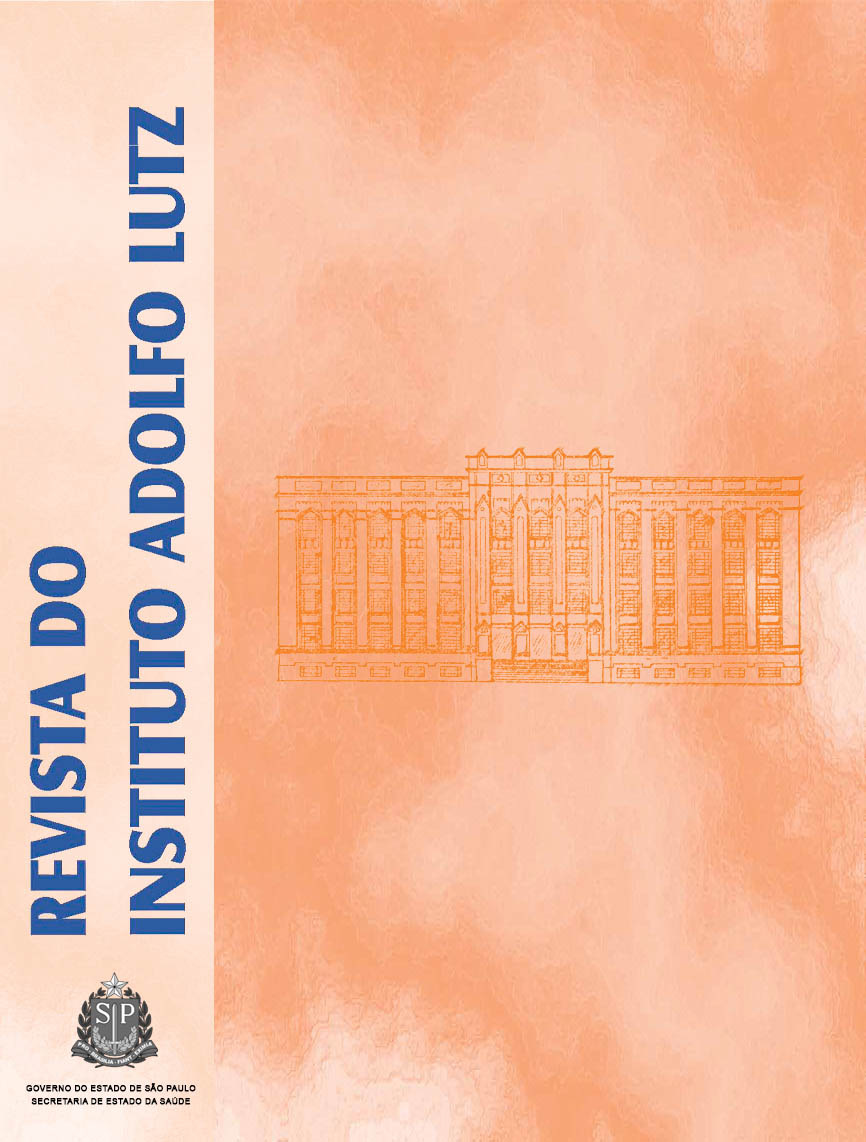Abstract
Collagen fibers of connective tissue are one of the main components of animal muscle tissue, and reduced contents of essential amino-acids are presented in their composition. Thus, the meat products containing collagen fibers amount above the normal rate are regarded as of low nutritional value. The present study aimed to characterize sensory aspects like appearance and odor, and to estimate the proximate composition values, pH, collagen rate (COL), percentage amount of collagen per total protein (rel COL) from 20 raw beef minced meat samples received for routine laboratorial analysis. The data observed from 20 samples were compared to the physical-chemical results from minced meat prepared from nine distinct beef hind-quarters meat cuttings bought at butcher shop. Beef minced meat samples analyzed for routine laboratorial procedures revealed a wide range of moisture content (61.0%-81.8%), fat (1.2%-21.9%), protein (8.1%- 21.1%), ash (0.5%-1.1,%), COL (1.0%-4.9%), rel COL (5%-31%), and pH (5.34-6.55). On the other hand, minced meat samples prepared from meat bought at butcher shop showed smaller ranges of moisture content (64.1%-74.5%), fat (2.8%-16.3%), protein (19.3%-21.8%), ash (0.8%-1.1%), COL (1.0%-3.7%), rel. COL (5%-17%), and pH (5.52-5.80). Beef minced meat samples assayed for routine laboratorial analysis in general revealed acceptable odor and color, although 14 samples (70%) showed sensory appearance alteration due to variable amounts of connective tissue or aponevrosis, present in the meats.References
1. Etherington DJ, Sims TJ. Detection and estimation of collagen. J Sci Food Agric 1981;32:539-46.
2. Junqueira LC, Carneiro J. Histologia básica. 7. ed. Rio de Janeiro: Guanabara Koogan; 1990. p. 65-100.
3. Farfán J A. Química de proteínas aplicada à ciência e tecnologia de alimentos. 2. ed. Campinas: UNICAMP;1994. 134 p. (Série Manuais).
4. Lee YB, Elliott JG, Rickansrud DA, Hagberg EC. Predicting protein efficiency ratio by the chemical determination of connective tissuecontent in meat. J Food Sci 1978;43:1359-62.
5. Dvorák Z, Vognarová I. Nutritive value of the proteins of veal, beefand pork determined on the basis of available essential amino acids orhydroxyproline analysis. J Sci Food Agric 1969;20:146-50.
6. Nguyen Q, Zarkadas CG. Comparison of the amino acid compositionand connective tissue protein contents of selected bovine skeletalmuscles. J Agric Fd Chem 1989;37:1279-86.
7. Rogov IA, Tokaev ES, Kovalev YI. Collagen and its rational contentin meat products 2: experiments with growing rats. Meat Sci1992;31:147-53.
8. Zarkadas CG. Assessment of the protein quality of selected meat productsbased on their amino acid profiles and their myofibrilar and connectivetissue protein contents. J Agric Fd Chem 1992;40:790-800.
9. Bayley AJ, Light ND. Connective tissue in meat and meat products.London: Elsevier; 1989. 355 p.
10. Sadler DHN, Young OA. The effect of preheated tendon as a leanmeat replacement on the properties of fine emulsion sausages. Meat Sci 1993;35:259-68.
11. Steinhart H, Bosselmann A, Möller C. Determination of pyridinolines in bovine collagenous tissues. J Agric Fd Chem 1994; 42:1943-7.
12. Cross HR, Green EC, Stanfield MS, Franks WJ Jr. Effect of quality grade and cut formulation on the palatability of ground beef patties. J Food Sci 1976;41:9-11.
13. Della Torre JCM, Rodas MAB, Rodriguez RSM, Silva CR, Beraquet NJ. Effects of connective proteins on chemical composition and sensory properties of ground beef. In: 49th International Congress of Meat Scienceand Technology; 2nd Brazilian Congress of Meat Science and Technology; 2003; Campinas, BR. Campinas: CTC/ITAL, 2003. p.255-6.
14. Sims TJ, Bailey AJ. Connective tissue. In: Lawrie R. Developments inmeat science – 2. London: Applied Science; 1981. p.29-59.
15. União Européia. Parlamento Europeu e Conselho. Directiva 2000/13 de 20 de março de 2000. Relativa à aproximação das legislações do Estados-Membros respeitantes à rotulagem, apresentação e publicidade dos gêneros alimentícios. Jornal Oficial 2000 maio 06; no L 109:0029-0042. [citado06 ago 2003]. Disponível em: http://www.europa.eu.int/eur-lex
16. Estados Unidos. Department of Agriculture. Food Safety and Inspection Service. Code of Federal Regulations: Definitions and standards of identityor composition from the U.S. Government Printing Office via GPO acess. Revised as of January 1, 2001. CITE: 9CFR319, p.294-312. [citado 21 jun2002]. Disponível em: http://www.acess.gpo.gov/ nara/cfr/index.html.
17. Austrália. Food Standards Code. User guide to standard 2.2.1 – meatand meat products. July 2001. [citado 23 jun 2003]. Disponível em:http://www.foodstandards.gov.au/mediarelasespublications/factsheets/industryfactsheetsfsc/meateggsandfish
18. São Paulo (Estado). Decreto n.12486 de 20 de outubro 1978. Dispõe sobre as normas técnicas especiais relativas a alimentos e bebidas(NTA). Diário Oficial do Estado de São Paulo, São Paulo 1978 out21;Sec.1:3-4.
19. Brasil. Instrução Normativa n. 83 de 21 de novembro de 2003. Dispõe sobre os regulamentos técnicos de identidade e qualidade de carne bovina em conserva (Corned Beef) e carne moída de bovino. Diário Oficial da República Federativa do Brasil, Brasília (DF) 2003 dez 03;Sec.1:13.
20. Board PW, Montgomery W, Rutledge PJ. Collagen content of some australian canned meats. J Sci Food Agric 1978;29:569-73.
21. Instituto Adolfo Lutz. Métodos físico-químicos para análise de alimentos. 4. ed. Brasília: ANVISA; 2005.

This work is licensed under a Creative Commons Attribution 4.0 International License.
Copyright (c) 2005 Instituto Adolfo Lutz Journal
